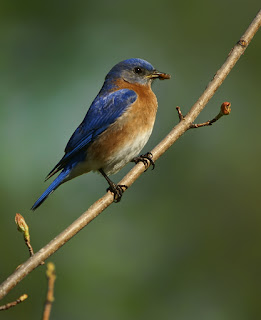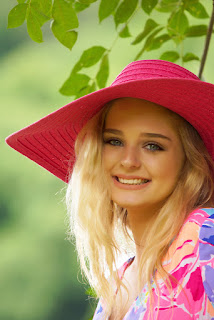Those stories will be there for a very long time, maybe long after I am gone. They contain photo captures of moments in time that will never again present themselves, but more importantly, they reflect a part of who I am and how I see the world. I suppose that makes them important...to me anyway.
Sometimes I do wonder why I do this...write all these blog posts. I often wonder if people actually read them or do they simply click LIKE and move on, or just move on with indifference without doing anything.
Still, I have many photographer friends and I've enjoyed associating with them over the years, but sometimes I wonder if I have managed to ignore other just as important parts of my life because of it. Often that kind of association can lead to certain assumptions that may or may not be accurate which eventually, when reality sets in, I often discover I have made incorrect assumptions about the ideas I was contemplating.
The results of such thoughts can often lead to disappointment and maybe even some feelings of rejection. Then again a good dose of reality can slap you back into focus and redirect your desires and whims to realign them with what truly is important.
Not sure why I am writing this post as it is so different from all the others I typically write, driven mostly I suppose by melancholy thoughts resulting from missed opportunities or rejected attempts to connect with people in a positive way. It is a difficult pill to swallow to have your efforts and work seemingly go unnoticed, maybe unappreciated, but, that is a part of life all of us must endure from time to time.
Oh, I understand not everyone thinks the same way and they have lives too that carry them here and there, to the point what small token offering I might supply seems rather unimportant. I'm sure I've done the same thing. I suppose, if I wonder about it long enough, I'll get over it and continue to do what I've always done; create simply because I can, pursue simply because I want to, and enjoy what I do regardless of what others might think.
The important thing is to keep striving, keep moving forward...in short, to keep wondering about hopes and dreams regardless if they come true or not. I would rather have wondered about such things most of which may never come true, than to go through life stuck in a rut filled with little or no wonderment about what is out there and never having known the excitement of what can be.
I've found myself alone at times wondering what lies over a distant hill, then I hiked to the top of it just to see what was there. I've gazed toward a dark night sky searching for hidden wonders. I've stood facing a prairie storm with nowhere to hide, and drifted on silent waters under a canopy of stars.
I've heard the thunder of a thousand stampeding bison, and listened for hours to the calming silence of a wandering breeze. I've stood knee deep in a drift of snow stung by a biting wind at my face, and held a hundred delicate blooms in my hands. I've captured the subtle movement of a sunrise and the bold flavor of a thousand setting suns.
When I write about photography or when I offer to do a workshop, it is not just the technical X's and O's I offer, I'm offering an opportunity to share the experiences associated around those photographs. I only hope others will understand such things.
Why do I wonder? You know...maybe I've just answered my own question.

















